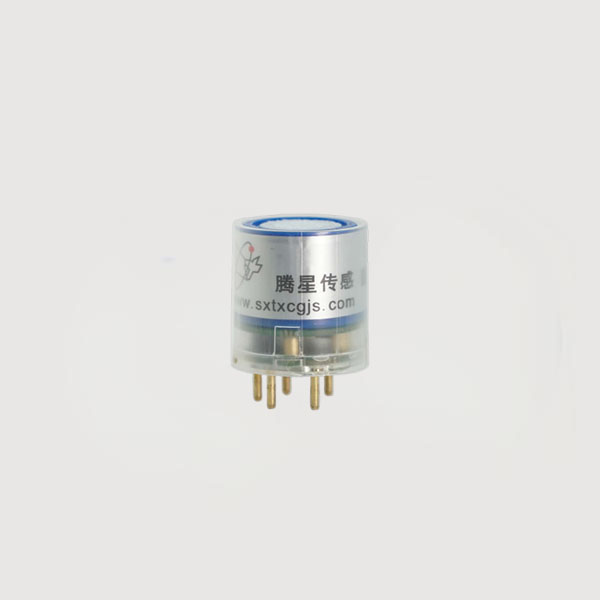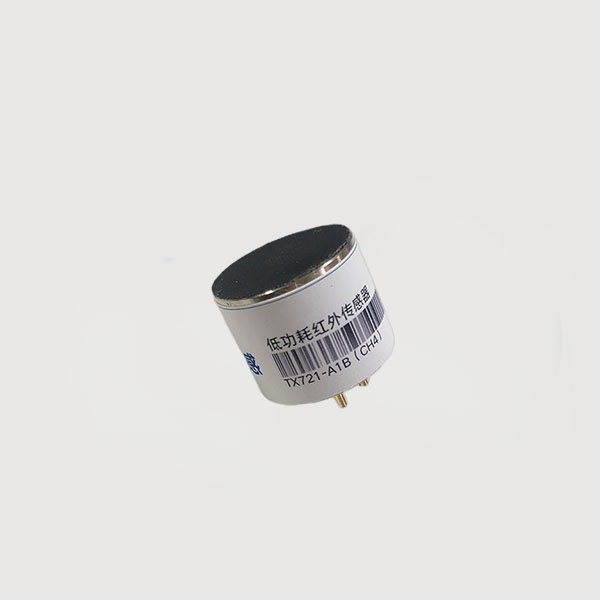

 News
News Industry News
Industry NewsThe rapidly developing livestock farming industry has brought significant economic growth and social benefits, but it also faces challenges in environmental protection and public health.
Gases commonly produced during livestock farming include ammonia, hydrogen sulfide, carbon dioxide, methane, and other volatile organic compounds. These gases not only pollute the environment but also directly impact animal and human health, as well as food safety. Against this backdrop, smart farming has emerged. It deeply integrates cutting-edge technologies such as modern information technology, the Internet of Things, big data analytics, and artificial intelligence to intelligently transform and upgrade traditional livestock farming models.
The core essence of smart farming lies in building a data-centric decision support system to achieve refined, automated, and intelligent livestock management. Gas sensors, as a key component, play a crucial role. These sensors can accurately monitor the concentrations of various gases in the farming environment, providing real-time, accurate data support for environmental regulation, disease prevention, and production optimization.
Specifically, gas sensors for different gases have different functions in smart farming:
1. Ammonia sensor: By real-time monitoring of ammonia concentration, ventilation systems can be activated promptly to improve air quality in the farming environment and protect animal respiratory health.

TE03-NH3 electrochemical module
2. Hydrogen sulfide sensor: By monitoring hydrogen sulfide concentration, poisoning accidents can be prevented, ensuring a safe production environment in the farming area.

TE03-H2S electrochemical module
3. Carbon dioxide sensor: By monitoring carbon dioxide concentration, ventilation systems can be adjusted to maintain appropriate carbon dioxide concentrations, promoting animal growth and respiratory health.

TX721-A1Infrared CO2 Gas Sensor
4. Carbon monoxide sensor: By monitoring carbon monoxide concentration, carbon monoxide poisoning can be prevented, ensuring the safety of personnel and animals.

TE03-CO electrochemical module
5. Methane sensor: By monitoring methane concentration, fire and explosion risks can be prevented, ensuring safe operation of the farm.

TX721-A1B Low Power Infrared Gas Sensor
6. Oxygen sensor: By monitoring oxygen concentration in the air, oxygen levels can be ensured to ensure sufficient oxygen in the farming space, preventing hypoxia and ensuring animal respiratory safety.

TE03-O2 electrochemical module
7. VOC sensor: By monitoring VOC concentration, the effects of feed, disinfectants, or other chemicals can be monitored, allowing timely measures to mitigate potential hazards.

TE03-VOC electrochemical module
To achieve smart farming, a comprehensive monitoring system can be built using different types of sensors. Real-time monitoring through gas sensors allows for comprehensive monitoring of the farm. The following are the advantages of gas sensors:
Real-time Monitoring: Gas sensors provide continuous, real-time gas concentration data, ensuring timely response and adjustment.
Rapid Response: When hazardous gas concentrations exceed the specified limit, pre-set control measures, such as ventilation and exhaust, are immediately initiated.
Easy Integration: Standard interfaces (such as analog voltage and current outputs or digital communication interfaces) facilitate integration with other electronic devices.
Standardized Interfaces: Utilizing the standardized Modbus communication protocol, these interfaces facilitate integration with other devices and platforms.
Stable Performance: The sensors offer long-term stability, ensuring the accuracy and consistency of long-term monitoring data.
Adaptability: Gas sensor modules typically support simultaneous monitoring of multiple gases, meeting the needs of diverse farming scenarios.
The application of gas sensors in smart farming not only improves efficiency and safety but also promotes environmental protection and sustainable development. Through real-time monitoring and intelligent control, farms can better cope with various challenges and achieve efficient, healthy, and environmentally friendly farming models. These advantages make gas sensor modules an indispensable tool for smart farming.